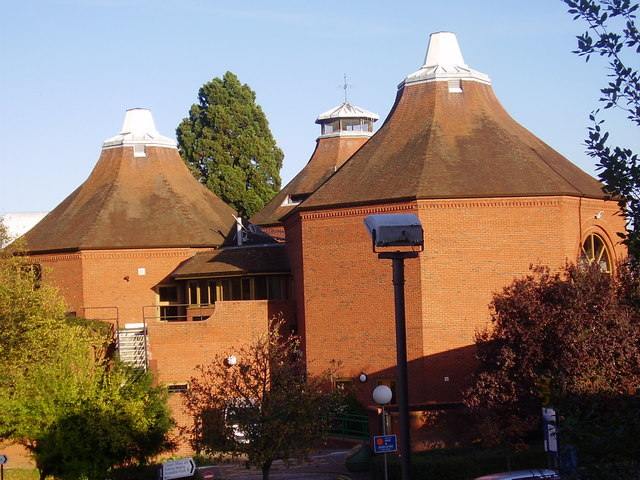"DataCore fulfils our needs. It represents much more than High Availability; DataCore's Software-defined Storage platform is now the foundation for the supply and optimisation of all our critical applications."
DataCore Software Corp. announced that
Mole Valley District Council (MVDC) have been using their SANsymphony-V solution for the past five years, ensuring throughout that MVDC's 300 internal council customers retain access to an optimal infrastructure, applications and IT services, in order to fulfill their busy roles from within the Dorking based IT department.
MVDC's IT service design manager, Saeed Foroughi, comments
The process is so seamless that frequently Mole Valley only notice that it has process happened when a visual inspection highlights that the transition has occurred. That's software defined working at its best.
MVDC operates in a virtualised server and storage environment, having gone through the consolidation journey from physical to virtual five years ago, with the assistance and advice of trusted DataCore certified partner,
Adapto Ltd. Back then, the landscape looked somewhat different, with over 90 physical servers running alongside HP DAS with frequent hardware refreshes required.
The consolidated server rooms hold just 30 physical servers alongside 100 VMs running VMware ESX server virtualisation platform with SANsymphony-V software defined storage platform supporting the virtual landscape, in a synchronously mirrored configuration across 2 nodes providing non-disruptive and automated failover and failback operations in a HA configuration, with a third asynchronous offsite replication location for DR.
"We have enjoyed a longstanding relationship with DataCore that spans across many years, way before software defined storage became a mainstream term; after we realised that the clever part of storage emanates almost entirely from the software layer. The primary reasons that we selected SANsymphony-V haven't really changed from what we experience today - to ultimately decrease cost and increase scalability and reliability. Adoption of DataCore's SDS platform has certainly kept us away from costly hardware refreshes and endless cycles of appliance purchasing and today we have complete freedom of choice as to which disks and storage we provision, so we select storage that is entirely suited to task and not to incumbent brand."
Running on a pair of rack mounted HP ProLiant DL 380 servers with Windows Server 2008 R2, Mole Valley's core 25TB of data remains protected, assured, and performant. For speed of processing of applications and data reporting, SANsymphony-V continues to enhance the internal user experience by using RAM-based caching to overcome I/O bottlenecks to help applications to run faster.
When MVDC requires additional performance, the organisation can either add more RAM to the storage virtualisation servers, add additional servers, or gain performance through the integration of flash storage to the storage pool by adding cost-effective SSD cards. With DataCore's auto-tiering technology, a real-time mechanism that positions data on the appropriate class of storage based on how frequently the data is accessed, the most intensive applications are processed by the fastest available storage, further improving response times and optimising the efficient usage of available storage resources. The result is application performance and lower TCO across the entire storage architecture.
Other resource gains have been made using the power of SANsymphony-V to help the ICT department make savvy procurement decisions on forward disk purchases through the creation of storage pools that maximise disk usage. All disks are allocated as virtual disks, but when there are demand spikes, spare disk is reassigned from the pool, so over provisioning has become an issue of the past. The inbuilt monitoring of the platform identifies storage usage and allows mapping to document the most appropriate levels of storage to be apportioned.
With MVDC's gruelling Box Hill featuring heavily in the recent London Olympics, a watertight DR plan needed to be operational with the TV cameras of the world upon the area. To achieve this after storage virtualisation adoption, Mole Valley adopted a collaborative DR plan with a neighbouring council to allow a third DataCore node to be housed over 15 miles away in a neighbouring town, asynchronously replicating data across the existing UNICORN network that links all Local Authorities across Surrey.
Bob Thomas, head of ICT, MVDC, explains: "It made sense and brings total peace of mind to work with reciprocal agreements with neighbouring authorities. It alleviates the need to procure commercial space outside of the Mole Valley vicinity successfully replicating data asynchronously through a third DataCore node for DR purposes."
The closing words go to Saeed: "Given we have been running DataCore's software defined storage platform now for five years under Adapto's advice, we are well placed to comment with authority that DataCore fulfils our needs. It represents much more than HA; SDS is now the foundation for the supply and optimisation of all our critical applications."



